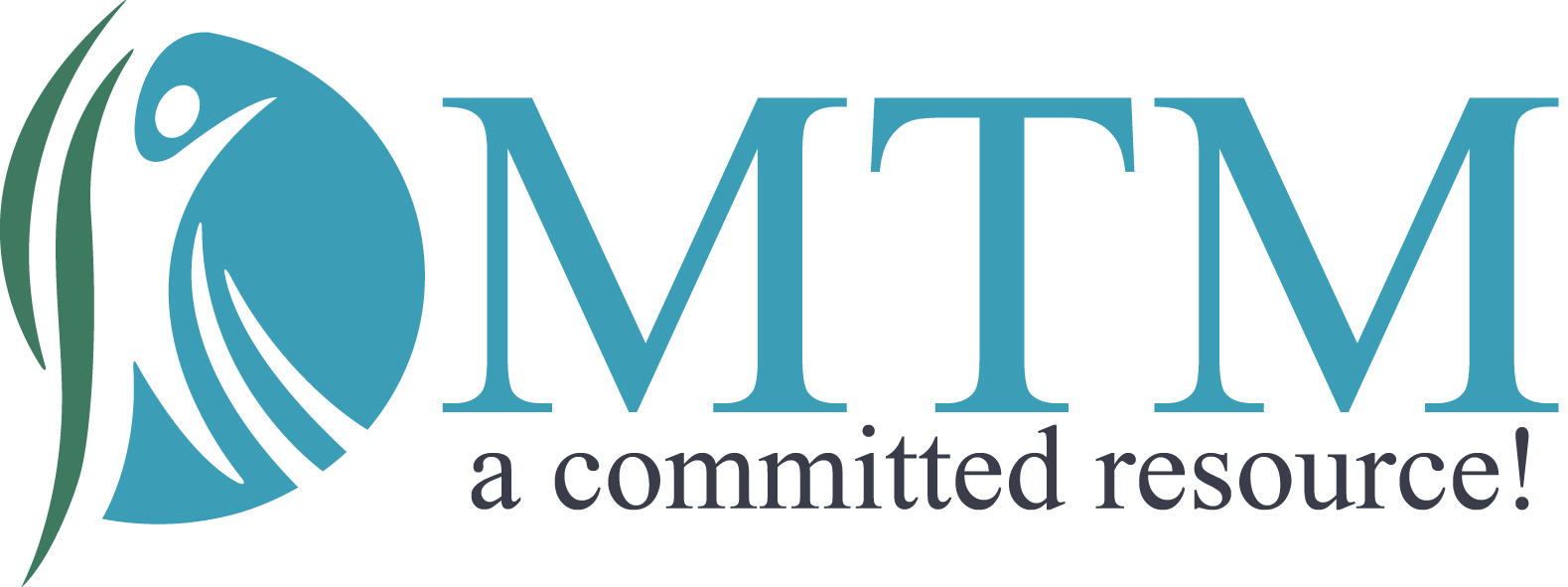How the Fed’s Recent Rate Cut Impacts In-House vs. Outsourced Medical Billing Services
Navigating the Impact of Federal Rate Cuts on Medical Billing Strategies for Healthcare Providers
Wondering how the Fed’s latest rate cuts impact your medical billing strategy? Learn how these economic shifts affect in-house and outsourced billing decisions, and discover the best approach to optimize your practice’s financial health.
The recent 50 basis point rate cut by the U.S. Federal Reserve, the first since 2020, is a strategic move to stimulate the economy amid ongoing financial uncertainties. This decision affects various sectors, including healthcare, by altering borrowing costs and influencing financial strategies for medical practices. For healthcare providers, particularly those managing their billing operations, this rate change prompts a reevaluation of the pros and cons of maintaining in-house billing versus outsourcing. Understanding the impact of these economic shifts is crucial for making informed decisions about your medical billing approach.
The Effects of Fed Rate Cuts on Medical Practices
The Federal Reserve’s decision to slash rates directly impacts how medical practices manage their finances. Lower rates make borrowing cheaper, potentially freeing up funds for investments in technology, staffing, or other operational improvements. However, lower rates often accompany broader economic uncertainty, requiring careful navigation by healthcare providers to maintain financial stability.
- Easier Access to Capital: With reduced borrowing costs, practices might find it more appealing to invest in improving their in-house billing capabilities, such as upgrading software, hiring staff, or enhancing training programs. However, this comes with the ongoing responsibility of managing operational costs that could still be volatile in an uncertain economy.
- Potential Economic Slowdown Signals: Rate cuts are often a response to slowing economic conditions, which can affect patient volumes and lead to tighter reimbursements from payers. Practices need efficient billing processes to mitigate these risks and ensure steady cash flow during times of economic volatility.
- Inflationary Pressures and Rising Costs: Even with lower borrowing costs, inflation can drive up the expenses associated with running a medical practice, such as payroll, utilities, and supplies. This makes efficient billing and collections processes even more critical to offset increased operational costs.
In-House vs. Outsourced Medical Billing: Pros and Cons in Light of Rate Cuts
In-House Billing Services
Advantages:
- Direct Control: Managing billing internally allows practices to maintain control over billing processes, data security, and patient interactions.
- Real-Time Adjustments: In-house teams can quickly respond to issues as they arise, making it easier to implement immediate changes.
Challenges:
- High Fixed Costs: Managing an in-house billing team involves significant overhead, including salaries, benefits, software subscriptions, and ongoing training. These costs can be difficult to justify, especially in an uncertain economic climate.
- Resource-Intensive: In-house billing requires ongoing investments in staff development, technology updates, and compliance with ever-changing regulations, which can strain a practice’s resources.
Outsourced Billing Services
Advantages:
- Cost Efficiency: Outsourcing reduces overhead costs associated with in-house operations and allows practices to scale billing services according to patient volume without major capital investments.
- Access to Expertise: Third-party billing companies bring specialized knowledge, advanced technology, and the ability to quickly adapt to regulatory changes, all of which can improve reimbursement rates and cash flow.
- Focus on Core Services: Outsourcing frees up internal staff to focus on patient care rather than administrative burdens, enhancing overall service quality.
Challenges:
- Dependency on External Vendors: Practices must ensure that their outsourced partners are reliable, efficient, and compliant with the latest regulations to avoid disruptions in billing operations.
- Less Immediate Control: Outsourcing may limit the practice’s ability to make rapid, on-the-fly adjustments to billing processes compared to in-house teams.
Deciding Between In-House and Outsourcing Amid Economic Changes
- Assess Financial Flexibility: Rate cuts may provide an opportunity to invest in in-house improvements, but consider the long-term financial implications. Outsourcing can offer a more predictable cost structure, especially when economic conditions remain uncertain.
- Evaluate Risk Management Needs: Outsourcing shifts much of the operational risk associated with billing to the third-party provider, helping practices maintain financial stability and compliance without the heavy burden of managing internal billing teams.
- Consider Scalability and Efficiency: Outsourced billing services offer scalability that can quickly adapt to changes in patient volume and payer requirements, providing an advantage over in-house teams that may struggle to keep pace with fluctuations.
Conclusion
The Fed’s recent rate cuts present both opportunities and challenges for medical practices. While in-house billing might seem more appealing with lower borrowing costs, the unpredictability of the broader economic environment makes outsourcing a viable and often preferable option. Outsourcing offers reduced operational risks, enhanced cash flow, and a focus on core clinical services that can be particularly beneficial during uncertain times.
At
Medrina Technology Management, we specialize in providing expert
outsourced billing services that help healthcare providers navigate these economic changes efficiently.
Contact us today to learn more about optimizing your billing processes and securing your financial future.
Stay updated with the latest insights and news in medical billing services and workers' compensation billing and collections. Enter your email below to subscribe to our blog
Most Recent Articles




